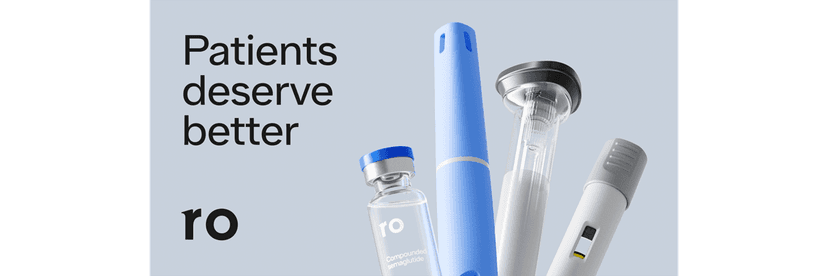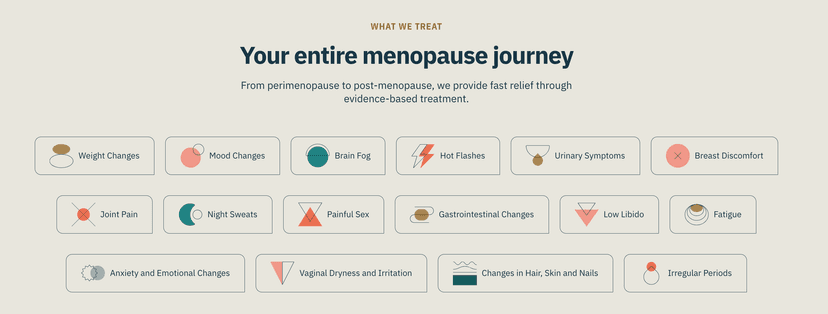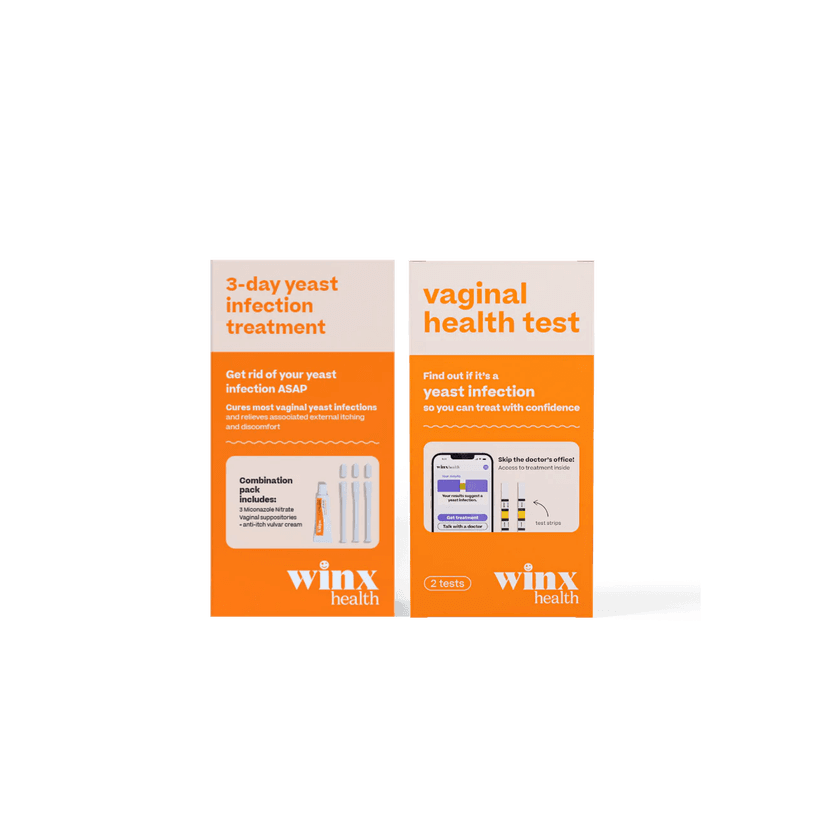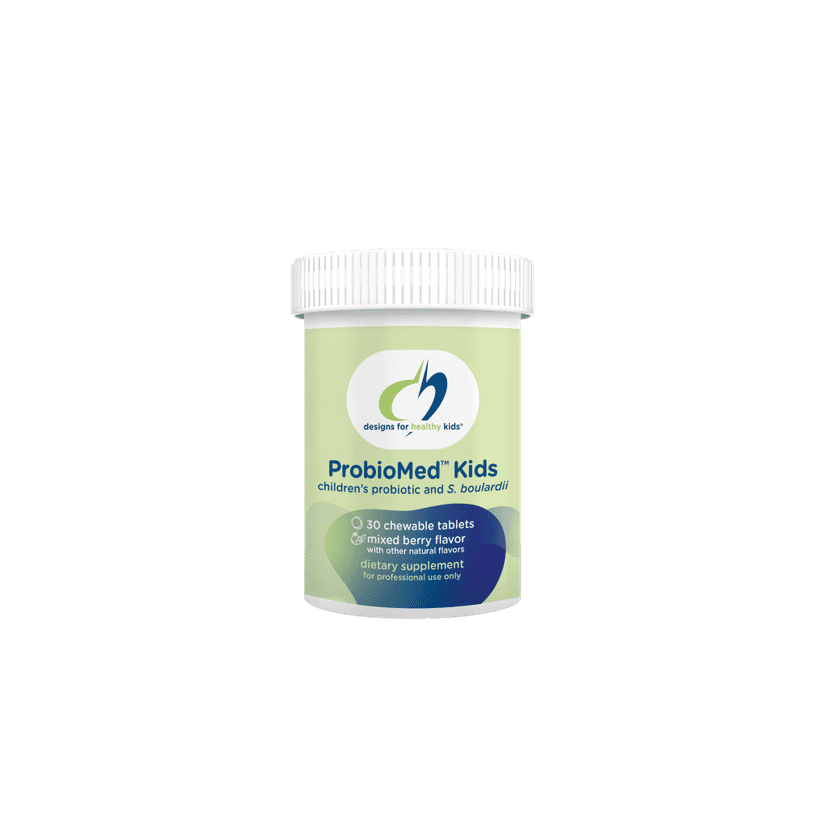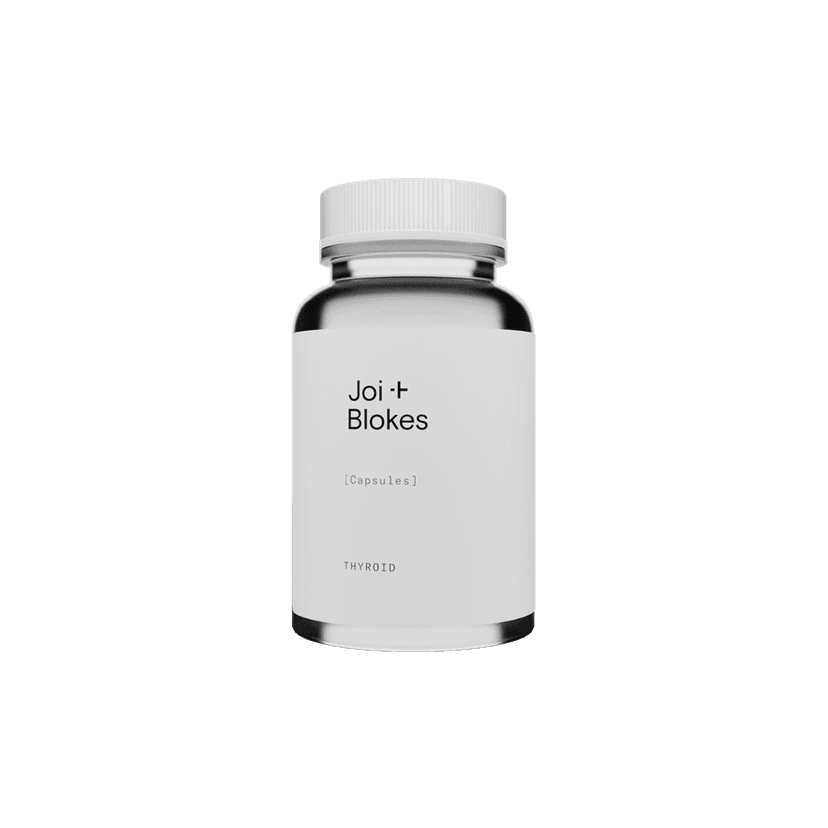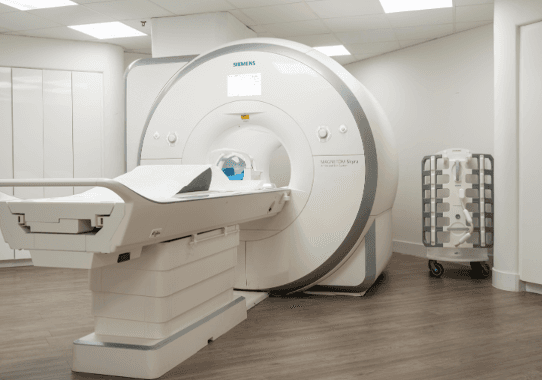Bone health is important for everyone, no matter your age. Osteoporosis is a condition that makes bones weak and more likely to break. By learning about osteoporosis and how to prevent it, you can take steps to keep your bones strong. This article will guide you through understanding osteoporosis, the right nutrition, exercises, and treatments to help you maintain healthy bones.
Key Takeaways
- Osteoporosis makes bones weak and more likely to break.
- Eating foods rich in calcium and vitamin D helps keep bones strong.
- Weight-bearing exercises and strength training are good for bone health.
- Making your home safe can help prevent falls and fractures.
- Talking to your doctor can help you find the best treatments for osteoporosis.
Understanding Osteoporosis
What is Osteoporosis?
Osteoporosis, which means "porous bone," is a condition where bones become weak and brittle. This happens when the creation of new bone doesn't keep up with the removal of old bone. As a result, bones lose density and are more likely to break.
Risk Factors for Osteoporosis
Several factors can increase the risk of developing osteoporosis, including:
- Age: The risk increases as you get older.
- Gender: Women are more likely to develop osteoporosis than men.
- Family history: A family history of osteoporosis can increase your risk.
- Body frame size: Smaller body frames tend to have a higher risk because they might have less bone mass to draw from as they age.
Common Symptoms of Osteoporosis
Osteoporosis is often called a "silent disease" because it can progress without any symptoms until a fracture occurs. However, some common signs include:
- Back pain, caused by a fractured or collapsed vertebra
- Loss of height over time
- A stooped posture
- Bones that break much more easily than expected
It's important to talk to your doctor if you think you might be at risk for osteoporosis. Early detection can help manage the condition and prevent fractures.
Nutrition for Strong Bones
Importance of Calcium and Vitamin D
Calcium and Vitamin D are crucial for building and maintaining strong bones. Calcium helps in forming and maintaining bone structure, while Vitamin D improves calcium absorption in the body. Without enough of these nutrients, bones can become weak and brittle.
Foods That Promote Bone Health
Eating a balanced diet rich in bone-friendly nutrients is essential. Here are some foods that can help:
- Dairy products like milk, cheese, and yogurt
- Leafy green vegetables such as kale and spinach
- Fish like salmon and sardines
- Nuts and seeds
Supplements for Bone Strength
Sometimes, diet alone may not provide all the necessary nutrients for bone health. In such cases, supplements can be beneficial. Common supplements include:
- Calcium supplements
- Vitamin D supplements
- Multivitamins with added minerals
It's important to consult with a healthcare provider before starting any supplement regimen to ensure it's appropriate for your needs.
Exercise and Bone Health
Weight-Bearing Exercises
Weight-bearing exercises are crucial for building and maintaining bone density. These activities make you work against gravity, which helps stimulate bone growth. Examples include walking, jogging, and dancing. Aim to do these exercises 3 to 4 days a week.
Strength Training for Bones
Strength training involves using resistance to make your muscles work harder. This type of exercise not only builds muscle but also strengthens bones. You can use weights, resistance bands, or even your own body weight. Try to include strength training exercises at least twice a week.
Safe Movement Practices
When you have osteoporosis or low bone mass, it's important to move safely to avoid fractures. Focus on exercises that improve your balance and coordination. Simple practices like standing on one foot or walking heel-to-toe can make a big difference. Always consult your healthcare provider before starting any new exercise routine.
Regular exercise is a key part of maintaining strong bones and preventing osteoporosis. Make it a habit to include both weight-bearing and strength training exercises in your weekly routine.
Preventing Falls and Fractures
Home Safety Tips
To reduce the risk of falls, it's important to make your home as safe as possible. Look around your home and fix anything that might cause you to trip or slip. This includes slippery floors, loose rugs, and cluttered walkways. Make sure your home is well-lit, especially in hallways and staircases. Consider installing grab bars in the bathroom and handrails on both sides of the stairs.
Improving Balance and Coordination
Improving your balance and coordination can help prevent falls. Simple exercises like standing on one foot, walking heel-to-toe, and practicing Tai Chi can make a big difference. These activities strengthen your muscles and improve your stability, making you less likely to fall.
Using Assistive Devices
Assistive devices can provide extra support and stability. Canes, walkers, and grab bars are all helpful tools. Make sure to use them correctly and keep them in good condition. If you're unsure about which device is right for you, talk to your doctor or a physical therapist.
Taking steps to prevent falls is crucial for maintaining your independence and quality of life. By making your home safer, improving your balance, and using assistive devices, you can significantly reduce your risk of fractures.
Medical Treatments for Osteoporosis
Medications for Bone Density
Medications are a common way to manage osteoporosis. Most osteoporosis medications do not replace lost bone but help prevent further bone loss and fractures. These medications can be especially important for women who have gone through menopause and men over 50.
There are two main types of medications:
- Anabolic agents: These include teriparatide and abaloparatide, which contain a synthetic form of the natural human hormone PTH (parathyroid hormone). They help the body build new bone and are usually self-injected daily for up to two years.
- Anti-resorptive medications: These slow down the rate at which bone is broken down in the body, helping to maintain bone density.
Hormone Replacement Therapy
Hormone Replacement Therapy (HRT) was once the only FDA-approved treatment for preventing osteoporosis. It involves taking estrogen to help maintain bone density. However, HRT is now less commonly used due to potential risks and side effects.
Emerging Treatments and Clinical Trials
New treatments for osteoporosis are continually being researched. Emerging treatments and clinical trials offer hope for more effective ways to manage and treat osteoporosis. Participating in clinical trials can provide access to cutting-edge treatments and contribute to medical research.
Early treatment for osteoporosis is the most effective way to slow bone loss and prevent fractures. Even after a fracture, treatment can help prevent future fractures.
Communicating with Healthcare Providers
Questions to Ask Your Doctor
When discussing osteoporosis with your doctor, it's important to ask the right questions. This helps you understand your condition better and make informed decisions. Here are some questions you might consider:
- What is my current bone density, and what does it mean?
- What are my treatment options?
- Are there lifestyle changes I should make to improve my bone health?
- How often should I have bone density tests?
- What are the potential side effects of the medications?
Understanding Bone Density Tests
Bone density tests are crucial for diagnosing osteoporosis. These tests measure the strength and density of your bones. The most common test is the DEXA scan, which is quick and painless. Understanding your test results can help you and your doctor create an effective treatment plan.
| Test Type | Description |
|---|---|
| DEXA Scan | Measures bone density in the spine and hip. |
| Ultrasound | Often used for screening, measures bone density in the heel. |
| CT Scan | Provides detailed images and is sometimes used for research. |
Fracture Liaison Services
Fracture Liaison Services (FLS) are specialized programs designed to help patients who have suffered fractures. These services aim to prevent future fractures by providing comprehensive care. They often include:
- Coordinated care between different healthcare providers.
- Personalized treatment plans.
- Education on bone health and fracture prevention.
- Regular follow-ups to monitor progress.
Working with a Fracture Liaison Service can significantly reduce your risk of future fractures and improve your overall bone health.
Conclusion
Taking care of your bones is a lifelong journey that starts early and continues as you age. By understanding osteoporosis and making healthy choices, you can significantly lower your risk of fractures. Simple steps like eating a balanced diet rich in calcium and vitamin D, staying active with weight-bearing exercises, and avoiding smoking and excessive alcohol can make a big difference. Remember, it's never too late to start. The habits you build today will help keep your bones strong and healthy for years to come. So, take action now and invest in your bone health for a better future.
Frequently Asked Questions
What is osteoporosis?
Osteoporosis is a condition where bones become weak and brittle, making them more likely to break.
Who is at risk for osteoporosis?
People who are older, especially women after menopause, are at higher risk. Other factors include family history, low body weight, and certain medical conditions.
What are common symptoms of osteoporosis?
Osteoporosis often has no symptoms until a bone breaks. Some people may experience back pain, loss of height, or a stooped posture.
How can I improve my bone health through diet?
Eating foods rich in calcium and vitamin D, like dairy products, leafy greens, and fortified foods, can help keep your bones strong.
What types of exercises are good for bone health?
Weight-bearing exercises like walking, running, and strength training can help improve bone density and strength.
What treatments are available for osteoporosis?
Treatments include medications to strengthen bones, hormone replacement therapy, and lifestyle changes like diet and exercise.


